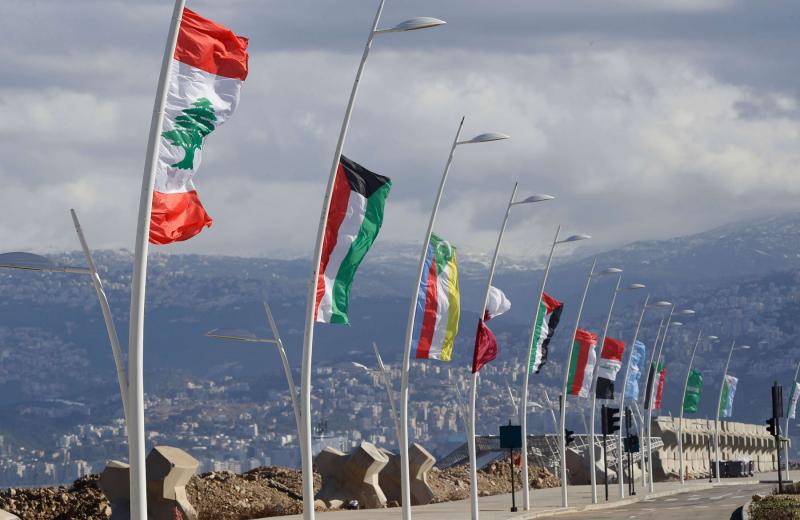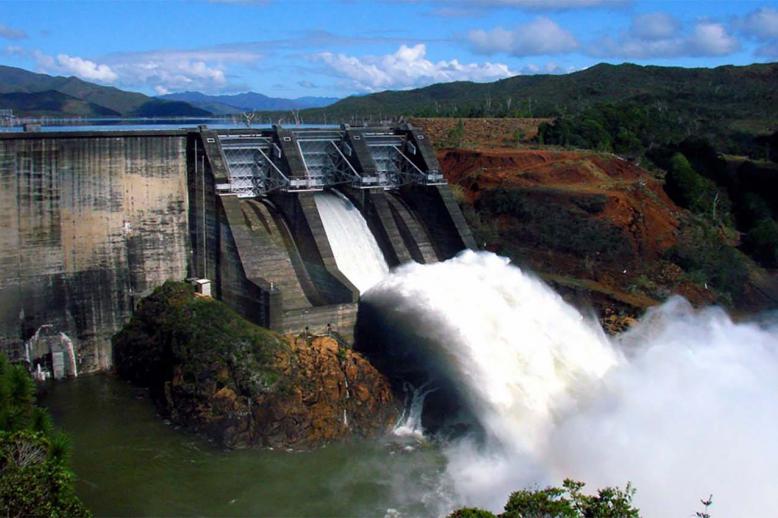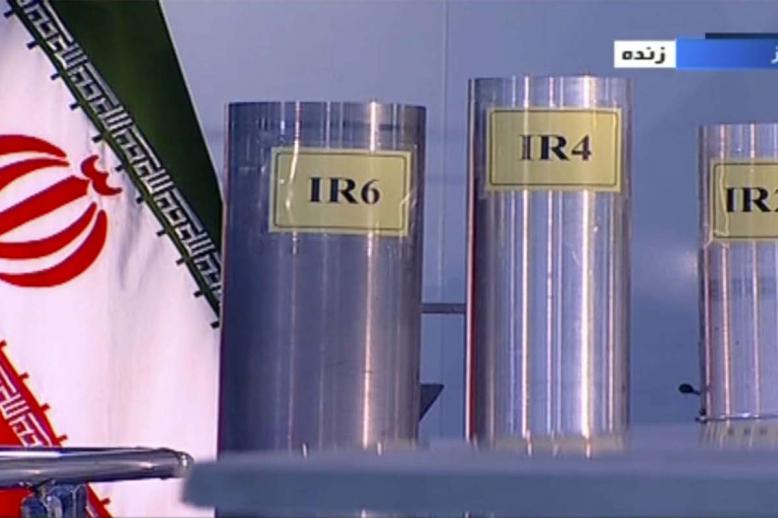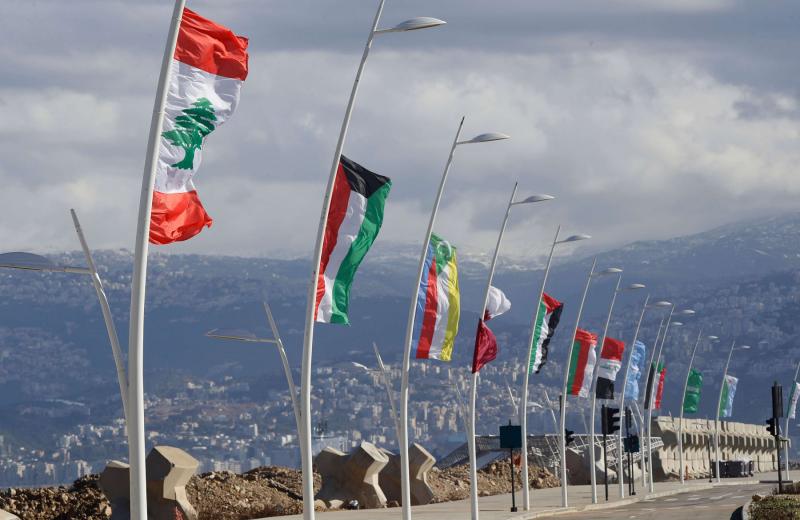Is it still possible to save the Arab League?
Is the Arab League salvageable? More than 40 years after the decline of pan-Arabism, the region’s intellectuals and elites refuse to seriously address this question, with many clinging to the idea that Arab unity is alive and well. In reality, the regional bloc is more paralysed than ever, beset by internal divisions and competing visions.
The league’s problems were on full display at the Arab Economic and Social Development Summit in Beirut, which drew a staggeringly low turnout and was mired in controversies and commotion. One Lebanese newspaper derided the January 20 event as “the shock of Beirut.”
Seven Arab leaders were expected to attend the summit but the Kuwaiti, Egyptian and Palestinian leaders pulled out at the last minute, sending delegations in their place. Qatari Emir Sheikh Tamim bin Hamad al-Thani and Mauritanian President Mohamed Ould Abdel Aziz were the only heads of state to make the trip.
Libyan officials, upset over their flag being defaced by members of Lebanon’s Amal Movement, boycotted the event. There was a flurry of commotion over whether to restore Syria as a member of the Arab League since President Bashar Assad has reclaimed control over most of the country.
Sheikh Tamim’s attendance caused more problems than it solved. It was considered an attempt to antagonise Saudi Arabia and help the Lebanese government and presidency save face after months of failing to form a cabinet.
In fact, in Lebanon’s current political context, Sheikh Tamim’s visit worked as an implicit show of support for the political status quo, which is dominated by Iran-backed Hezbollah and its brand of religious extremism. His attendance confirmed Doha’s and Tehran’s strengthening ties and Iran’s deepening role in Lebanese politics.
With this in mind, the Arab summit in Beirut may be another nail in the coffin of the Arab League and a prelude to the implosion of the 70-year-old bloc. It has been a long time coming. Over the years, the body’s rallying cry of “one Arab nation with an eternal mission” has lost momentum and the group has grown increasingly irrelevant.
In 2016, the league hit a low point when Morocco announced that it would not bother to host the annual summit. Rabat dismissed the event as “just another occasion” to “pronounce speeches that give a false impression of unity.” When Mauritania stepped in to host the summit, only seven leaders attended.
Matters have not improved much since, with regional rivalries and disagreements rendering the group all but dysfunctional.
It wasn’t always this way. Throughout the Arab League’s existence, there have been rare moments of unity, often spurred by Israel’s manoeuvres in the region, but without the capacity to form a proper military bloc, the league has only been able to denounce Israel, adopt ambiguous resolutions and issue statements of condemnation.
The first major blow to the Arab League came in 2003, when the United States and its allies invaded Iraq. After the war, Iran grew increasingly aggressive in the Middle East, raising alarms in Washington and the region.
Even more damaging to the league was the “Arab spring,” which it ultimately failed to take a stand on.
Some of the region’s traditional heavyweights — notably Syria and Iraq — have lost their influence within regional politics. Other key countries, such as Libya and Egypt, are preoccupied by internal problems while smaller countries Tunisia and Lebanon are involved in major domestic crises.
In sum, all that is left is a regional body that has stagnated in a part of the world that has undergone major geopolitical shifts. This has predictably caused the organisation to fail to take on the region’s most pressing challenges, such as extremism and terrorism, illiteracy, economic decline and foreign interventionism.
Though a detriment to the region, the Arab League’s decline has been a gift to foreign powers, particularly Turkey and Iran, which have been jockeying for increased power and influence.
With this in mind, eyes should turn to the major Arab League summit set for March in Tunis. For that meeting to succeed, the myth of Arab unity should once and for all be dispelled, with members accepting the new geopolitical alignments at play.
Still, the question remains: Is the Arab League, in view of all its failures, salvageable and, if not, what can be done to create new fruitful models of governance?
To address that question, countries that have not fallen into the orbit of Ankara or Tehran should rally around the last heavyweight standing in the Arab region — Saudi Arabia — to forge strength. Anything less will work in the favour of foreign powers, which naturally put their interests above those of Arab countries and fail to move the dysfunctional Arab League into the future.
Iman Zayat is the Managing Editor of The Arab Weekly.
This article was originally published in The Arab Weekly.







